On 30 Nov 2014, Ubin Day 2014, was officially graced by Singapore's Prime Minister Lee Hsien Loong, who spent the day engaging in various activities around the island!
Head over to Pulau Ubin Stories to find out more!
http://pulauubinstories.blogspot.sg/
Also as pointed out by Pulau Ubin Stories, Pulau Ubin have been picked up by Ministry of National Development through Ubin Project.
Check it here!
http://ubin.mnd.gov.sg/MS/PulauUbin
Tuesday, January 27, 2015
For more information on Pulau Ubin, please visit the official National Board of Parks webpage at the following link: https://www.nparks.gov.sg/gardens-parks-and-nature/parks-and-nature-reserves/pulau-ubin-and-chek-jawa
Have a great day ahead.
Have a great day ahead.
Sunday, August 16, 2009
The Naturalist
Hi everyone! We are the Naturalist. As part of our Service Learning Project, my team and I from St Hilda's Secondary School decided to come up with a blog on the nature of Pulau Ubin. The purpose of this blog is to get in touch with youths to know more about nature through technology and to also allow them to know more about the Flora and Fauna of Pulau Ubin. The blog is a collaboration project with National Parks Board (Pulau Ubin). The blog also acts as a guide with information on the plants that you will chance upon at Pulau Ubin and also to let you get a better knowledge of the plants before you head down to Pulau Ubin. So please enjoy it. :)
Munias
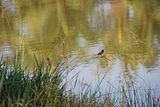
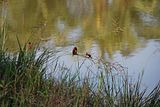
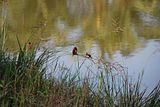
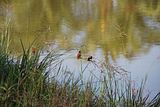
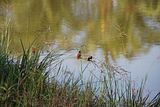
The pictures shown here are Munias. The Munias feed mainly on seeds, usually in relatively open habitats, preferring to feed on the ground or on reeds and grasses.
The Munias shown here are resting on plants along the pond. Do not cycle at fast speed when you are at Pulau Ubin or you will missed out tiny creatures like the Munias. The Munias shown here seems to be a couple.
Wild Boar
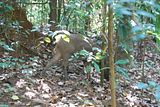
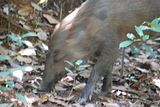
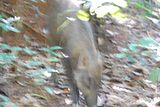
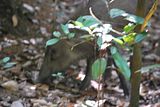
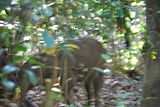
The Wild Boar is widespread in Pulau Ubin but it is difficult to encounter them as they usually hide in the forests. The Wild Boar likes to eat coconut. The Wild Boar is a species of a pig in the biological family Suidae and the wild ancestor of the domestic pig. If you see a Wild Boar, do not go to near towards it for safety reasons. The Wild Boar moves around often so getting a still shot of it is rather rare. Chances of seeing the Wild Boar is hard but if you see one, try to take a picture of it. The picture above is a Wild Boar searching for food in the forest.
Water Monitor Lizard
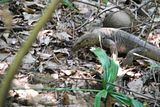


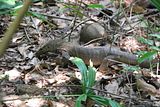
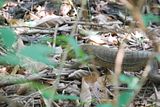
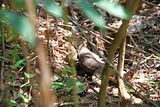
The Water Monitor Lizard is a large species of monitor lizard capable of growing over 3 meters in length, with the average size of most adults at 2.5 meters long. The Water Monitor Lizard found here was seen inside the forest searching for food. It moves fast and thus taking pictures of it is not easy. The Water Monitor Lizard is known to eat fish, frogs, rodents, birds, crabs, and snakes. As the Water Monitor Lizard bites do not kill its prey, rather the bacteria within the ridges of its mouth infect the prey and it will eventually die. As a result, the Water Monitor Lizard prefers to eat corpse rather then to put up a struggle. Hear anything moving about the grasses and it might be the Water Monitor Lizard.
Juvenile Oriental Pied Hornbill
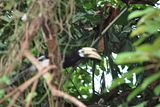
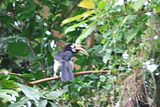
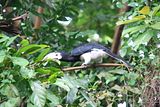
These pictures shown here are the Juvenile Oriental Pied Hornbill (last October's batch). It is a species of hornbill in the Bucerotidae family. The natural of its habitat is subtropical or tropical moist lowland forests. The Juvenile Oriental Pied Hornbill in Pulau Ubin is the only wild population of Oriental Pied Hornbill in Singapore. To spot the Juvenile Oriental Pied Hornbill is simple; you just need a pair of sharp ears. Its raucous cackling will help you know its presence. These birds are rather shy, so if you want to take a good photo, keep the noise level as low as possible.
Subscribe to:
Posts (Atom)